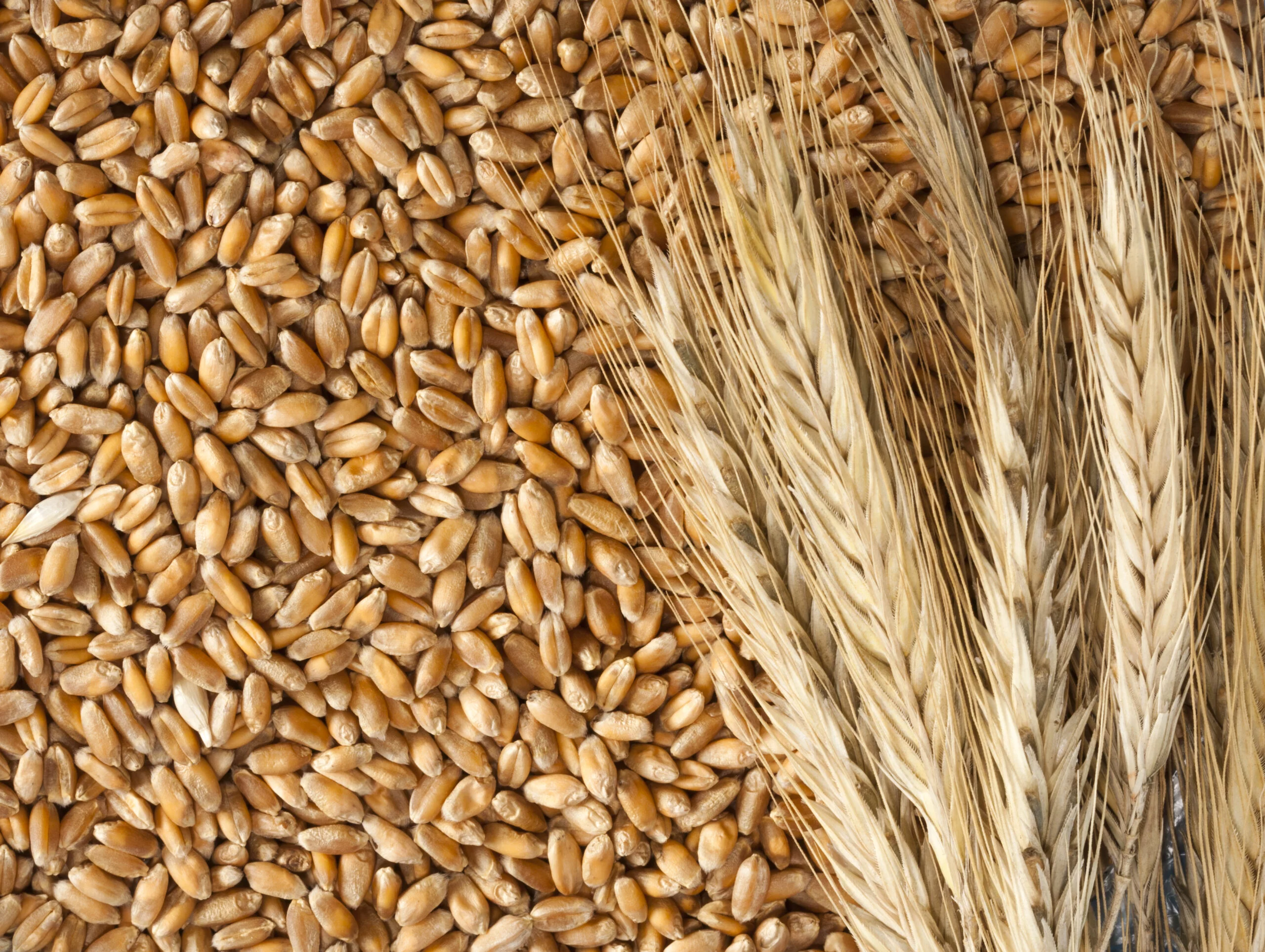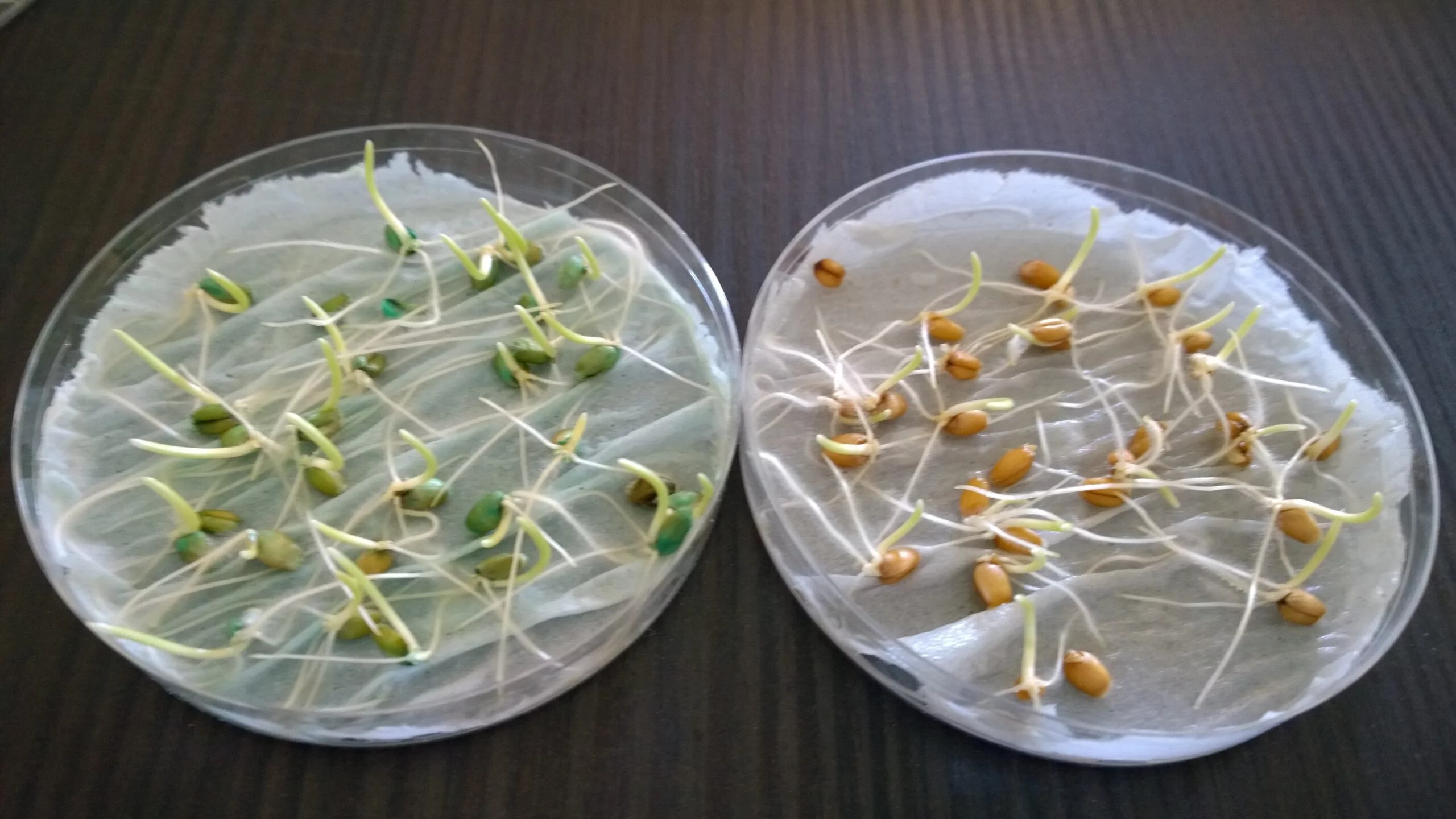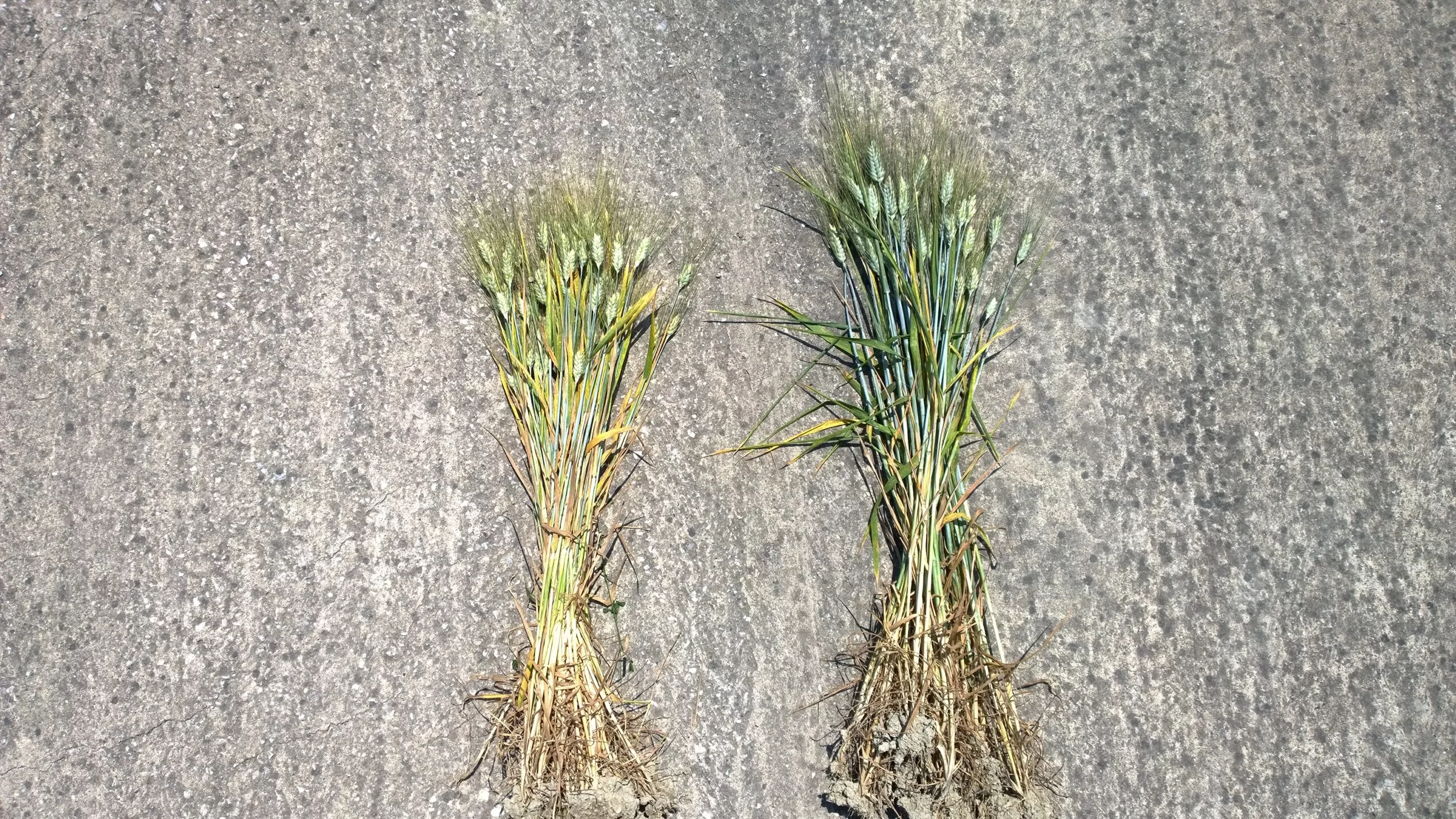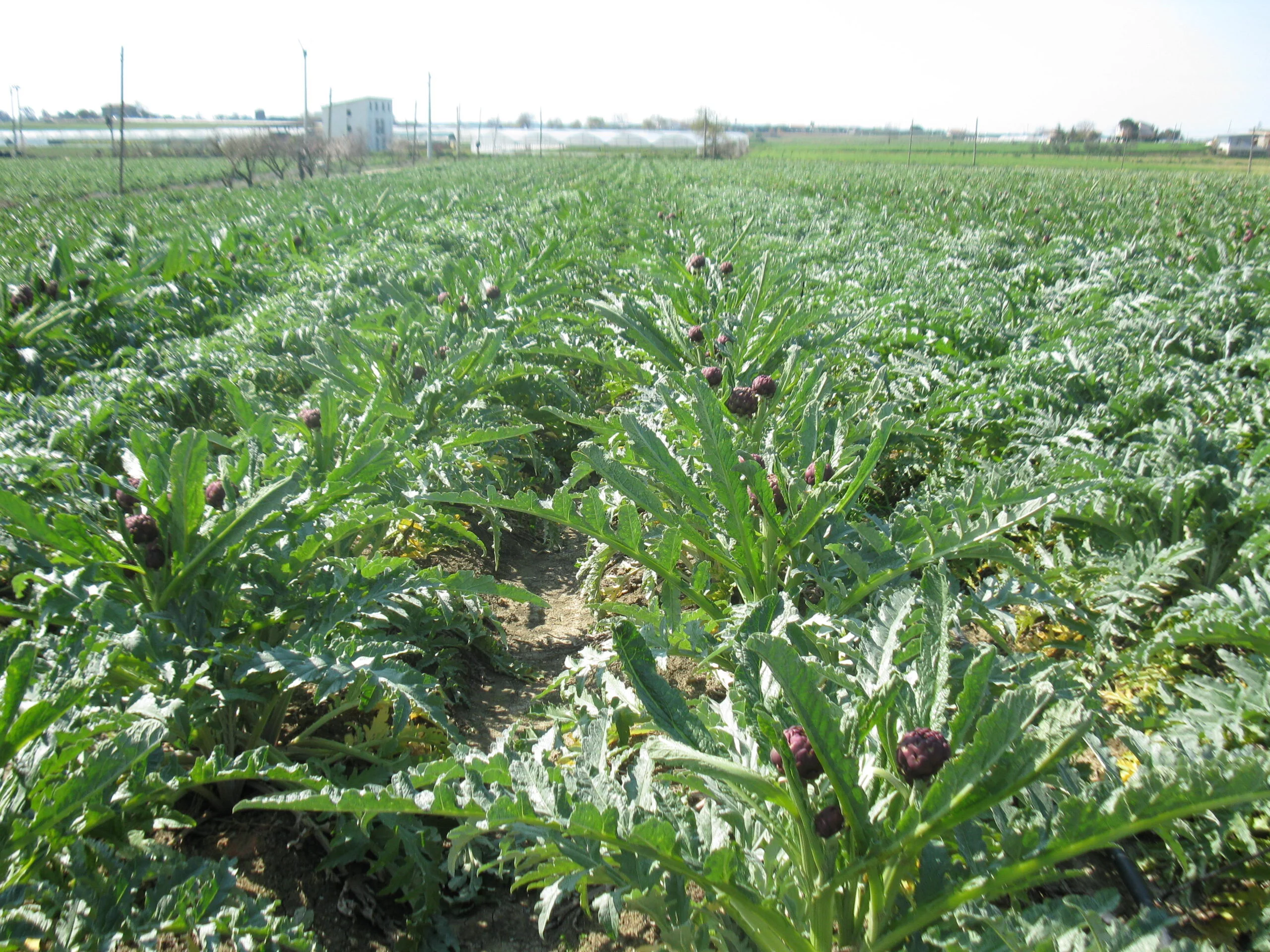Seed treatments with microorganisms and their beneficial effects on crops
By: Mariateresa Cardarelli
Department of Agriculture and Forest Sciences (DAFNE), University of Tuscia, 01100 Viterbo, Italy
*Correspondence: tcardare@unitus.it

The global agriculture system occupies approximately 40% of the earth’s surface and must face these three challenges: feeding a growing population, providing a livelihood for farmers, and protecting the environment. Due to the massive use of natural resources (e.g., water, soil, energy), the agricultural sector significantly impacts on the environment, soil fertility and long-term crop productivity. Seed treatments with microbial plant biostimulants represent a sustainable approach for enhancing desirable crop traits like uniform seed germination, high seedling vigor, and extensive root system. Currently, only mycorrhizal fungi, Rhizobium spp., Azotobacter spp., and Azospirillum spp. are included in EU Fertilizer Regulation 2019/1009 (Component Material Categories, number 7) as microbial plant biostimulants. However, in some EU countries (e.g., Italy) the national fertilizers laws allow the addition of other beneficial microorganisms like Trichoderma spp. in the commercial mycorrhizal inoculants to increase the possibility of synergistic action in promoting plant growth and abiotic stress tolerance and improving yield and nutritional quality. Seed treatments are largely used for arable crops and vegetable crops especially when adverse environmental conditions are expected such as with direct sowing in open field. Seed treatments can induce fast, and vigorous emergence of seedlings enhancing the possibility to capture resources, tolerate environmental stress, and compete with weeds. Seed quality is therefore one of the main goals of seed industries for promoting sustainable agricultural intensification under climate change. According to market research reports, the global biological seed treatment market is estimated to reach USD 1.7 billion by 2025, recording a CAGR of 11.9% since 2020, including biofertilizers, biopesticides, and biostimulants. Considering only seed treatments with plant biostimulants, the global market is expected to reach about USD 338 million by 2025.
Seed treatments with beneficial microorganisms are growing due to the reduction in the use of synthetic agrochemicals and the low application cost of microbial inoculants in comparison with other field application methods. Seed treatments include film coating, pelleting and priming. Film coating involves the application of a thin layer of beneficial coating material directly on the seed surface, with limited variation of seed shape, size, and weight. Film coating is usually adopted for applying on seed surface many products containing pesticides, fertilizers, hormones, and/or biostimulants. Some authors prefer to use the terms ‘seed treatment’ when biologicals are applied, and ‘seed coating’ for seed application of agrochemicals such as pesticides. Seed pelleting consists in covering the seeds with external material like talc and clay powders that are retained onto the seeds by binding agents, increasing seed weight, size, and shape. The external material can also include agrochemicals or biologicals to stimulate or protect germinating seeds. Seed priming is a process of controlled seed hydration with water (hydro-priming), with saline solutions (osmo-priming), phytohomones, (hormonal priming) or biological entities (bio-priming), or with mixtures containing solid material and water (matric-priming). Seed priming allows a controlled seed imbibition and triggers pre-germinative metabolic processes (de novo synthesis of nucleic acids and proteins, ATP production, sterols and phospholipids accumulation, or activation of DNA repair and antioxidant mechanisms). Seed imbibition needs to be stopped before overcoming the first reversible stage of germination thus avoiding radical protrusion through the seed coat. Several beneficial microorganisms belong to arbuscular mycorrhizal (AM) fungi, Trichoderma spp., rhizobia, and plant growth promoting bacteria are currently applied as seed treatments in cereals, vegetables, oil and seed pulse crops, and fiber and forage crops (Cardarelli et al., 2022). Arbuscular mycorrhizal (AM) fungi alone or in consortium with other beneficial microorganisms like Trichoderma spp. are applied on seed surface of large seeds (e.g., wheat, corn, pumpkin) by film coating or on seed surface of small seeds by seed pelleting (e.g., lettuce, basil) for enhancing nutrient uptake, crop resistance to environmental stress, and product quality

Fig. 1. Wheat seeds treated (Left) and untreated (Right) with AM fungi and Trichoderma atroviride
Colla et al. (2015) reported that durum wheat seeds (Triticum durum Desf.) treated by film coating with a consortium of endophytic microorganisms consisting of AM fungi [Rhizoglomus intraradices BEG72 (former Glomus intraradices), Funneliformis mosseae BEG 234 (former G. mosseae)], and Trichoderma atroviride MUCL 45632 significantly increased leaf number (+28.6%), and shoot (+23.1%) and root (+64.2%) dry biomass of 17-old seedlings in comparison with untreated control. In an open field trial, the use of film-coated wheat seeds with these beneficial fungi led to a significant increase of grain yield by 32 and 8%, during the first and second growing cycle, respectively, compared to the untreated seeds. The above findings can be explained by the total rainfall which was higher than the 30-years mean value in the second growing cycle (899.8 vs 591.9 mm), whereas the first growing cycle was much drier (313.1 mm) than the historical mean (591.9 mm). It is well-known that AM fungi enhance plants’ stress tolerance against various environmental stresses including drought. During the first growing cycle, wheat plants could have experienced drought stress which was mitigated by seed inoculation with beneficial fungi. Grain quality of wheat in terms of protein content, K, P, Fe and Zn concentrations were also enhanced by seed inoculation with AM fungi and Trichoderma atroviride. Moreover, seed inoculation with beneficial fungi reduced the variation of grain yield between the two growing cycles in comparison to untreated control. The increase in grain yield and yield stability in the film-coating seed treatment was associated with an increased of macro and micronutrient in leaves, higher leaf chlorophyll content and photosynthetic activity.

Fig. 2.Wheat plants from seeds untreated and treated
In another field trial (Rouphael et al., 2017), globe artichoke [Cynara cardunculus var. scolymus (L.) Fiori] seeds of two cultivars were film-coated with a consortium of AM fungi (Rhizophagus intraradices BEG72, and Funneliformis mosseae BEG 234), and Trichoderma atroviride MUCL 45362 and field tested in comparison with untreated seeds. Treated and untreated seeds of both cultivars were sown in polystyrene plug trays filled with a peat/perlite mixture and thus seedlings were transplanted in open field after 21 days from sowing.

Fig. 3.Artichoke trial with two rows of plants from coated seeds showing early production
Seed treatment with beneficial fungi enhanced total yield of globe artichoke heads in comparison with untreated control. The above findings were attributed to the increase of 1) nutrient uptake and translocation through greater effective root area as well as to the colonization level of AM fungi; 2) solubilization of trace elements by Trichoderma atroviride; 3) production in the root zone of volatiles, small peptides, and metabolites with hormone activities (i.e., indole-3-acetic acid) or analogues. Moreover, the results demonstrated that nutritional value of artichoke heads in terms of antioxidant activity, total phenolics, caffeoylquinic acids and flavonoids was enhanced by film-coating the seeds with a consortium of beneficial fungi containing R. intraradices, F. mosseae and T. atroviride.
In conclusion, seed treatment with microbial-biostimulants like AM fungi is the most economical and efficient way of applying beneficial microorganisms in cereals, pulses, oilseeds, and vegetable crops. Agronomic trials worldwide demonstrated that seed treatments with microbial-biostimulants can enhance crop yield, quality traits of product and resource use efficiency especially under adverse environmental conditions. However, to maximize the benefits of seed treatments with beneficial microorganisms it is necessary to identify the most appropriate microbial strains and application rate for each crop and growing condition. Moreover, a deep understanding of interactions among microbial inoculants, resident microflora, and environmental factors is pivotal for optimizing the agronomic performances of seed treatment.
Cardarelli, M., Woo, S.L., Rouphael, Y., Colla, G. Seed treatments with microorganisms can have a biostimulant effect by influencing germination and seedling growth of crops. Plants 2022, 11, 259. https://doi.org/10.3390/plants11030259
Colla, G., Rouphael, Y., Bonini, P., Cardarelli, M. Coating seeds with endophytic fungi enhances growth, nutrient uptake, yield and grain quality of winter wheat. International Journal of Plant Production 2015, 9 (2): 171-190
Rouphael, Y., Colla, G., Grazini, G., Ritieni, A., Cardarelli, M., De Pascale S. Phenolic composition, antioxidant activity and mineral profile in two seed-propagated artichoke cultivars as affected by microbial inoculants and planting time. Food Chemistry 2017, 234: 10–19.



